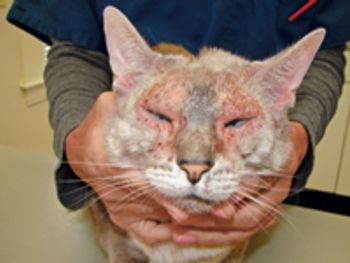
By bringing pets into our homes, we've increased their exposure to these common skin irritants.

By bringing pets into our homes, we've increased their exposure to these common skin irritants.
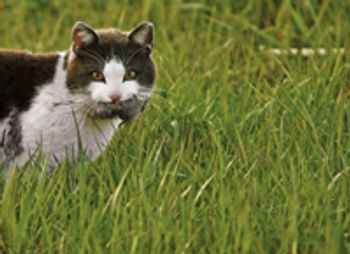
An investigation looked into putting some numbers to the predatory nature of domestic free-ranging cats.
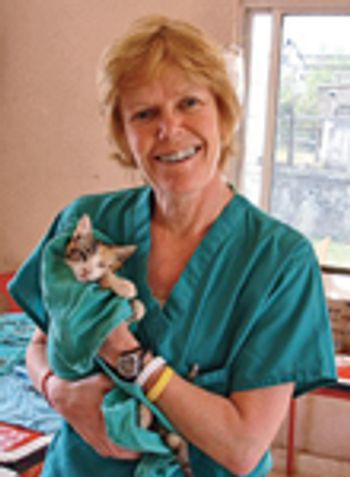
Keen observation will provide veterinarians clues to diagnose pain in cats.
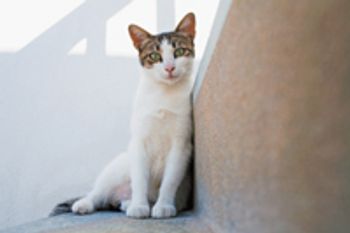
A recent survey defines and demystifies the clinical signs of this disease in cats.
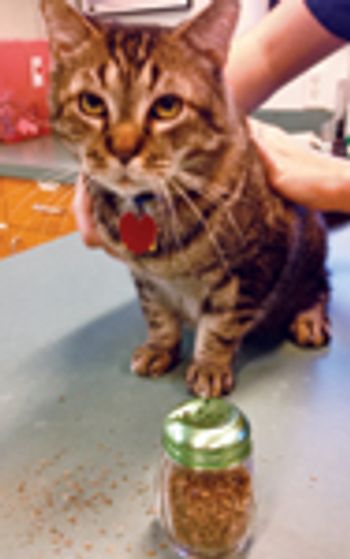
Keep catnip spills to a minimum with this reader tip.

2008 EPA regulations may have unintended but dangerous consequences.
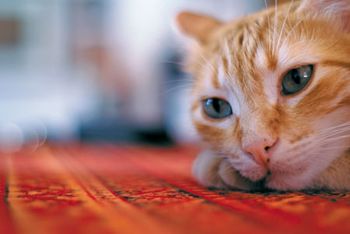
Expert advice on surgical excision.
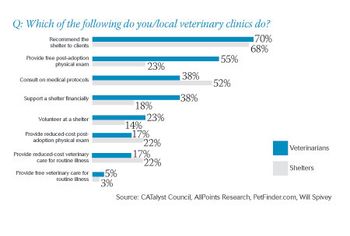
Study: Misperceptions exist but so does willingness to work together.

These survey results reveal how some may associate a cat's personality with its coat color.

Dr. Theresa Entriken introduces veterinary behaviorist Dr. Ellen Lindell's advice about this troublesome behavior in senior cats.

A study shows that looking at cute animals can improve productivity. Veterinarians and veterinary team members: Get crackin'!

Cummings School of Veterinary Medicine wants information on the feeding habits of cats with chronic disease.

A look at how to best halt these infections in shelters.

See how some of your colleagues have adopted a more cat-conducive practice-and tell us your story.
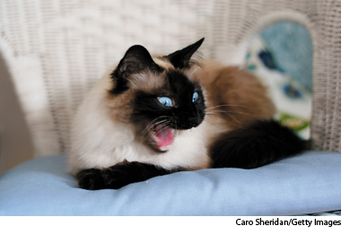
Veterinary researchers conclude that cats who are obsessed with food could be suffering from psychogenic abnormal feeding behavior.

Advice on a geriatric cat with hyperthyroidism, renal disease, and diabetes.

Practical tips for use at home.

Study finds 5 percent increase in feline visits for participating practices.

Specialists from ACVECC, VECCS collaborate on new evidence-based tool.

Owning a diabetic cat gave this internist additional insights into how best to manage diabetic cats at home.

Study results implicate bacteria as a causative factor in some cases; further investigation needed.
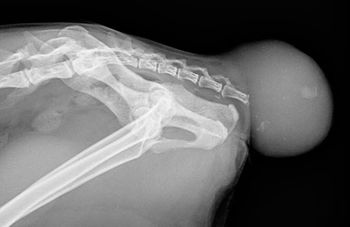
Can you discover the cause?
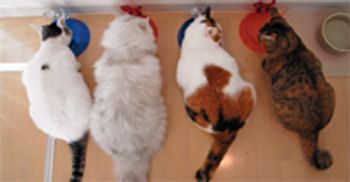
Examining the effects of water content on food intake, energy intake, and body weight and composition in cats.

Dr. John Ciribassi helps with a case of territory-specific intercat aggression.
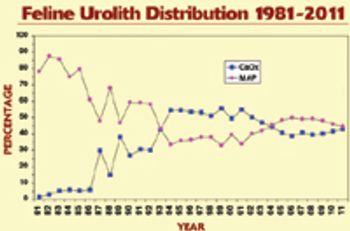
Dr. Carl Osborne tracks the trends of mineral composition in cats with urolithiasis.